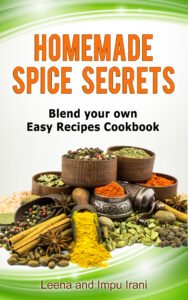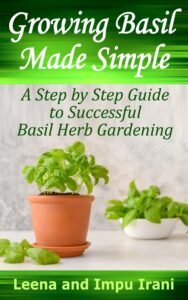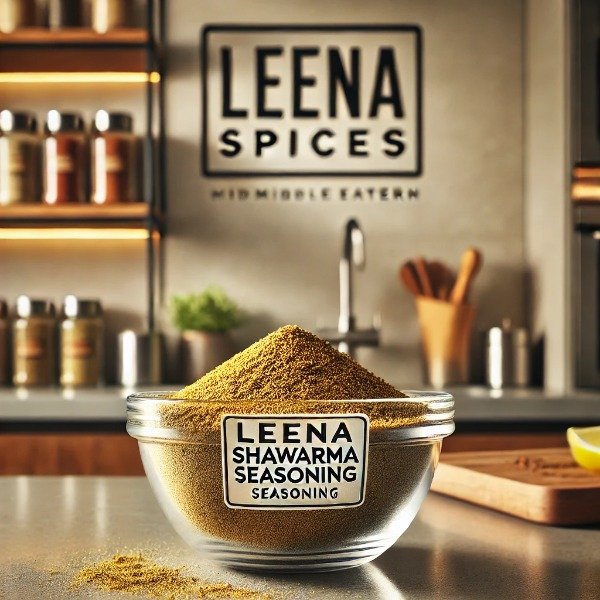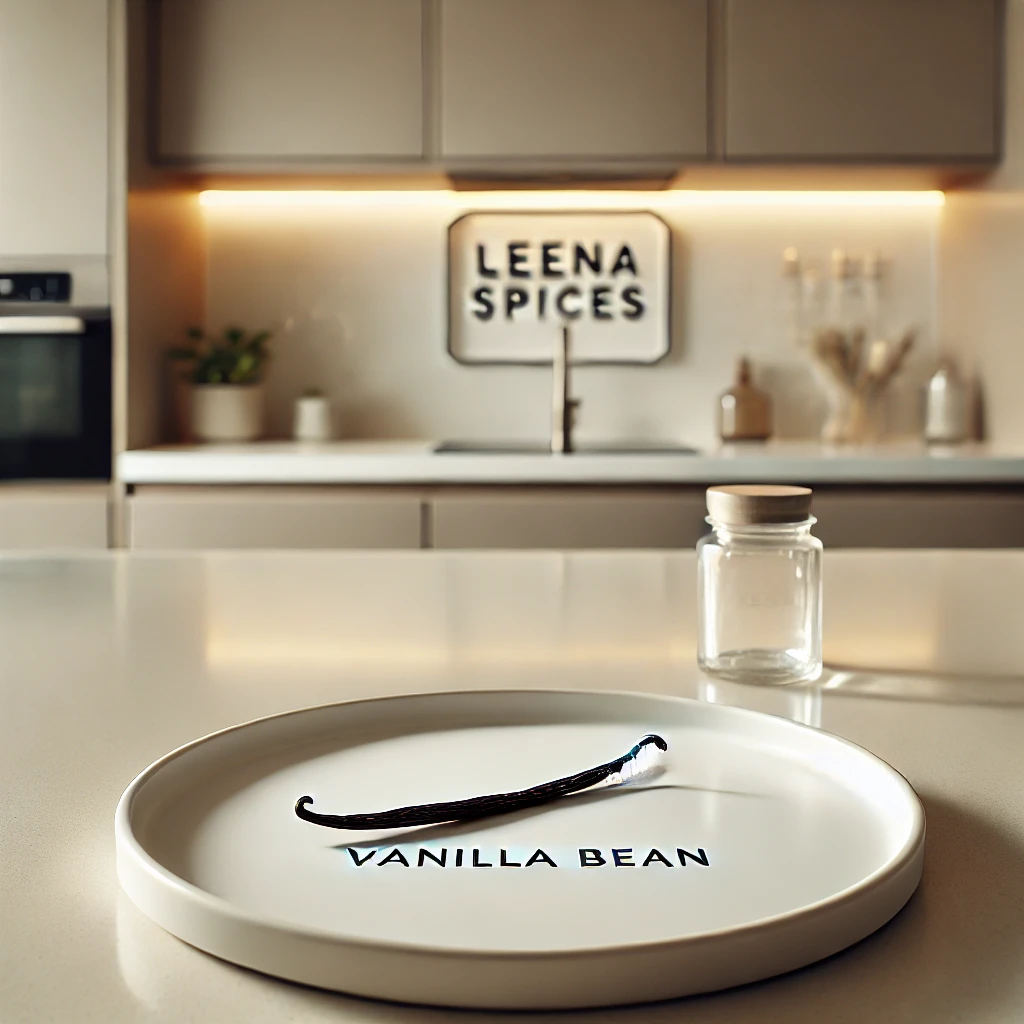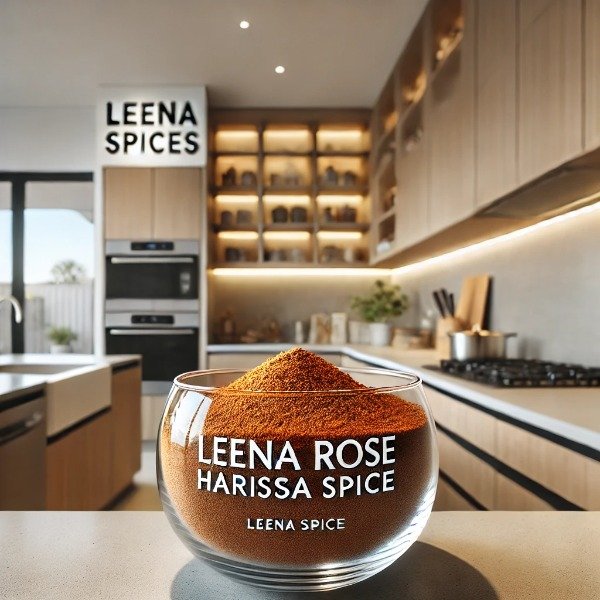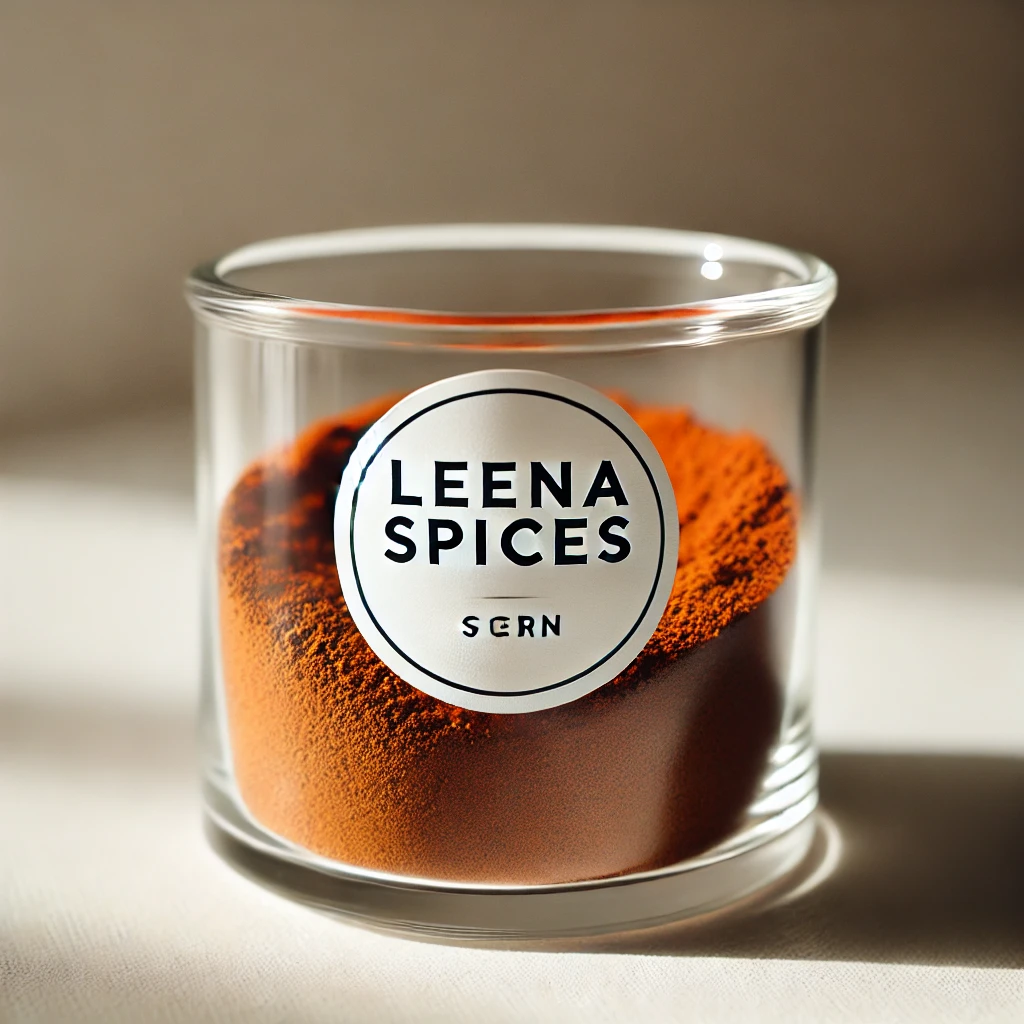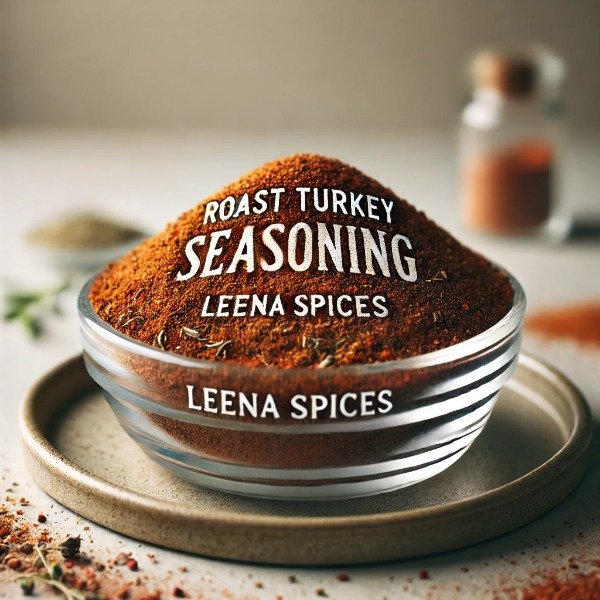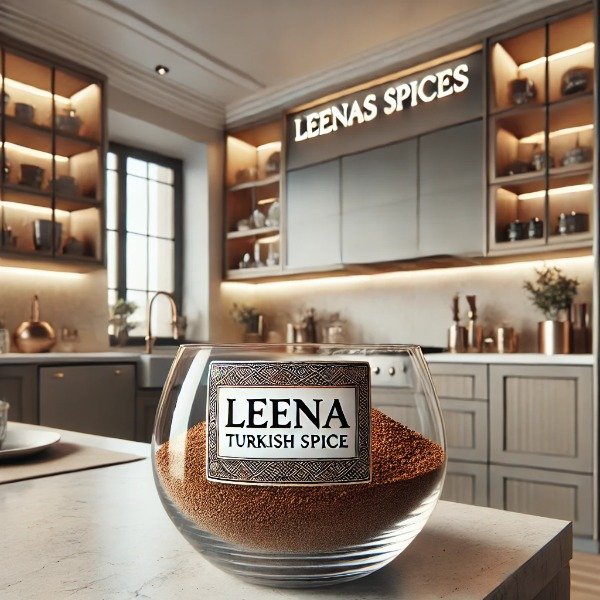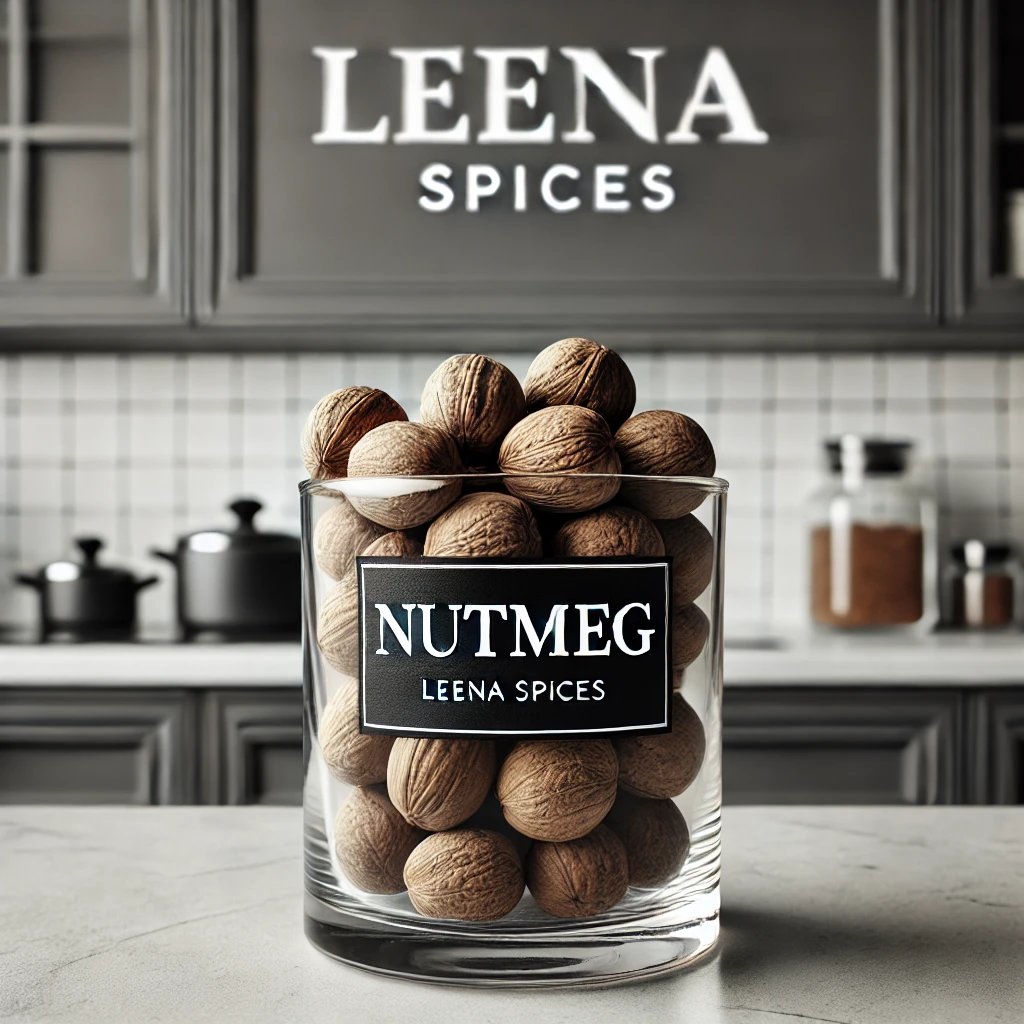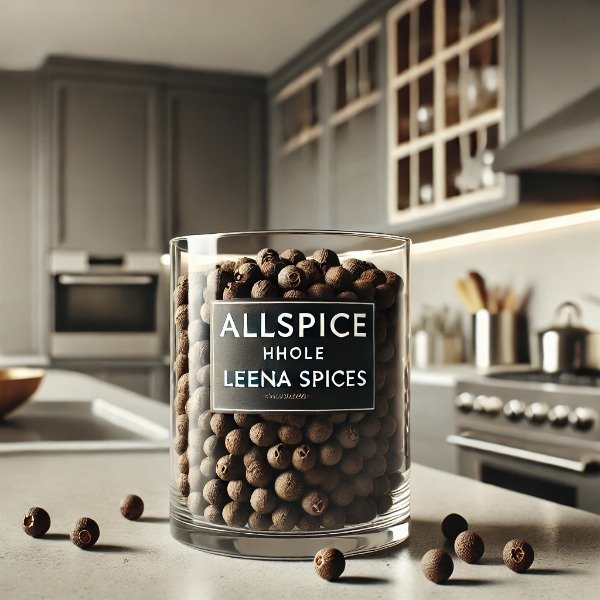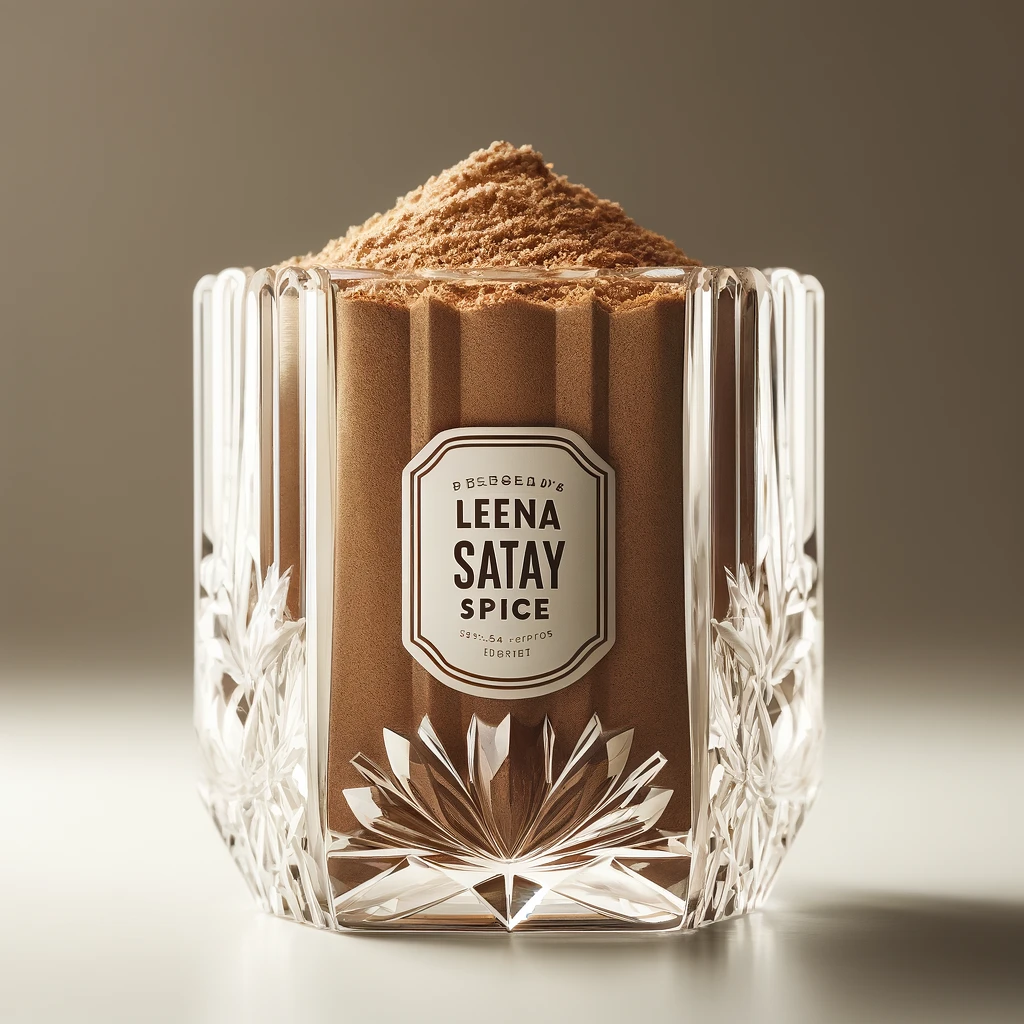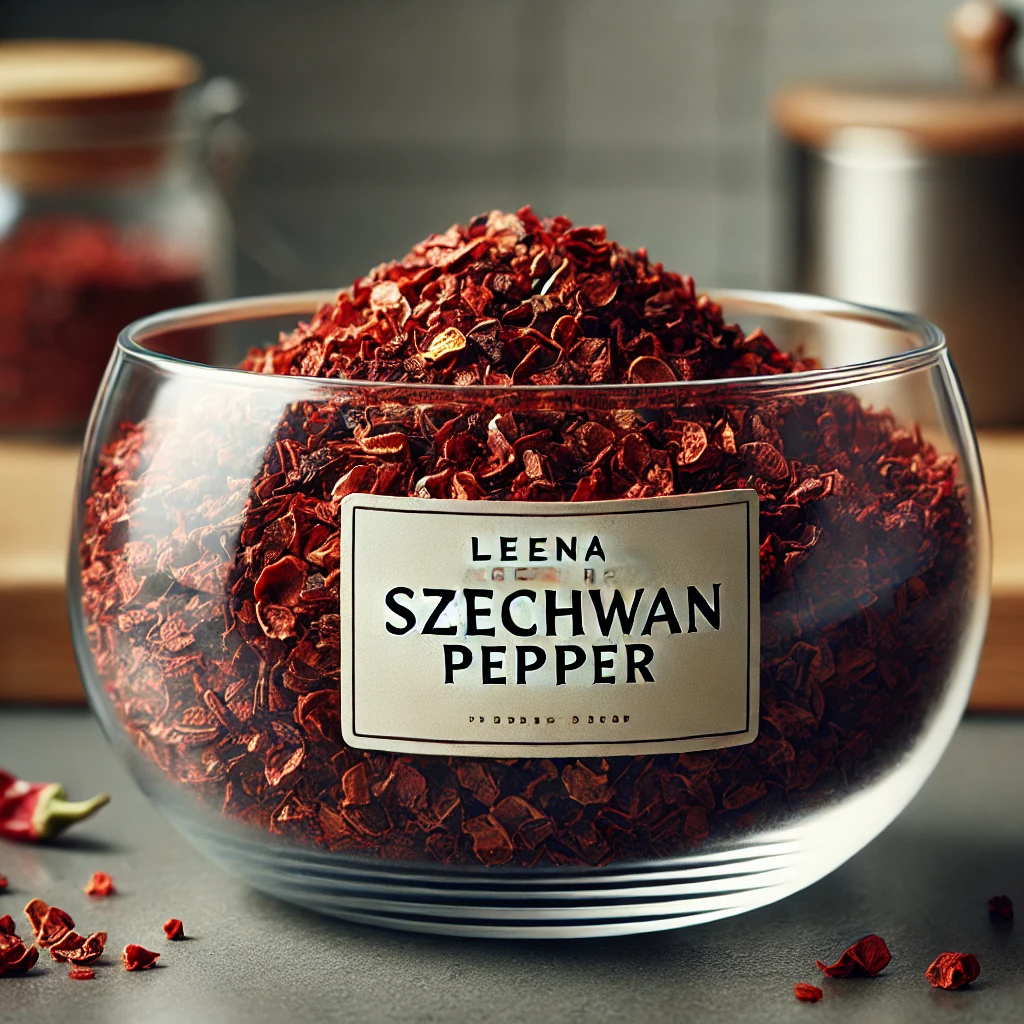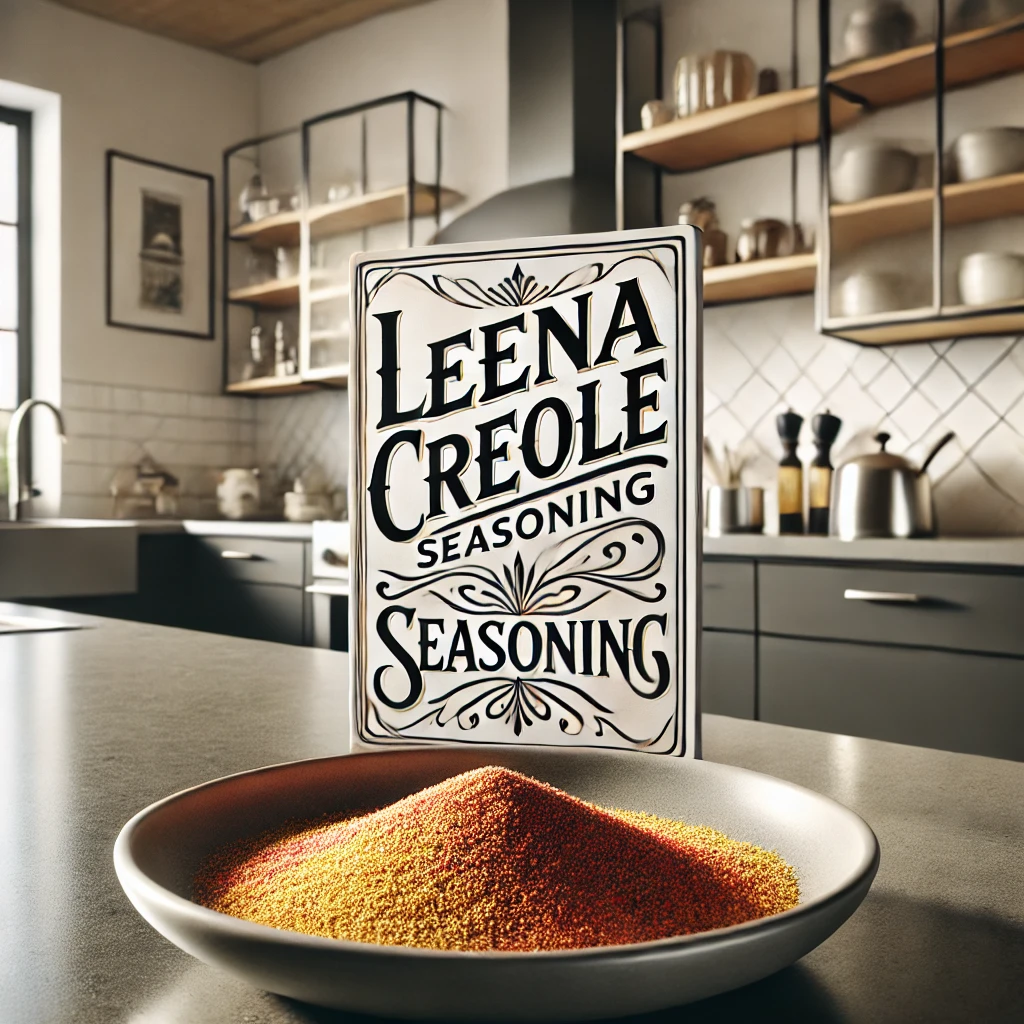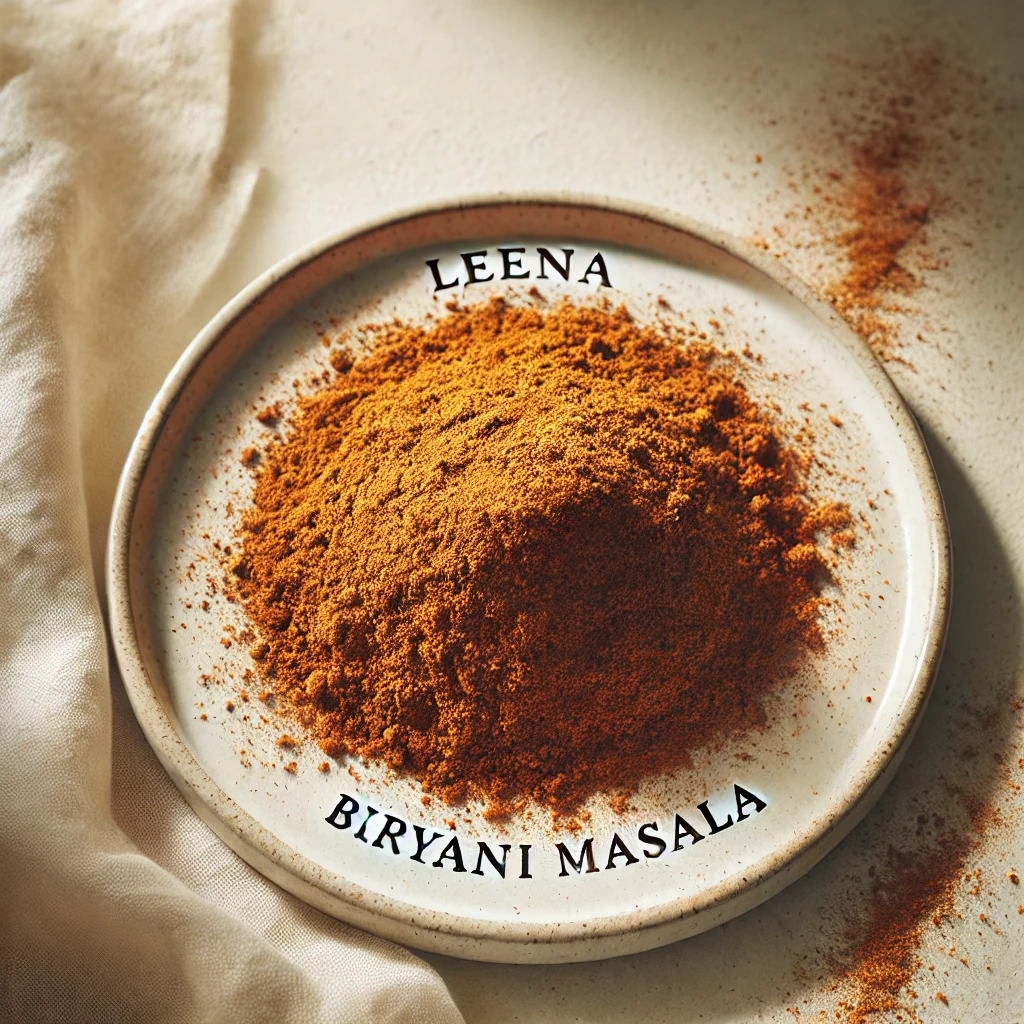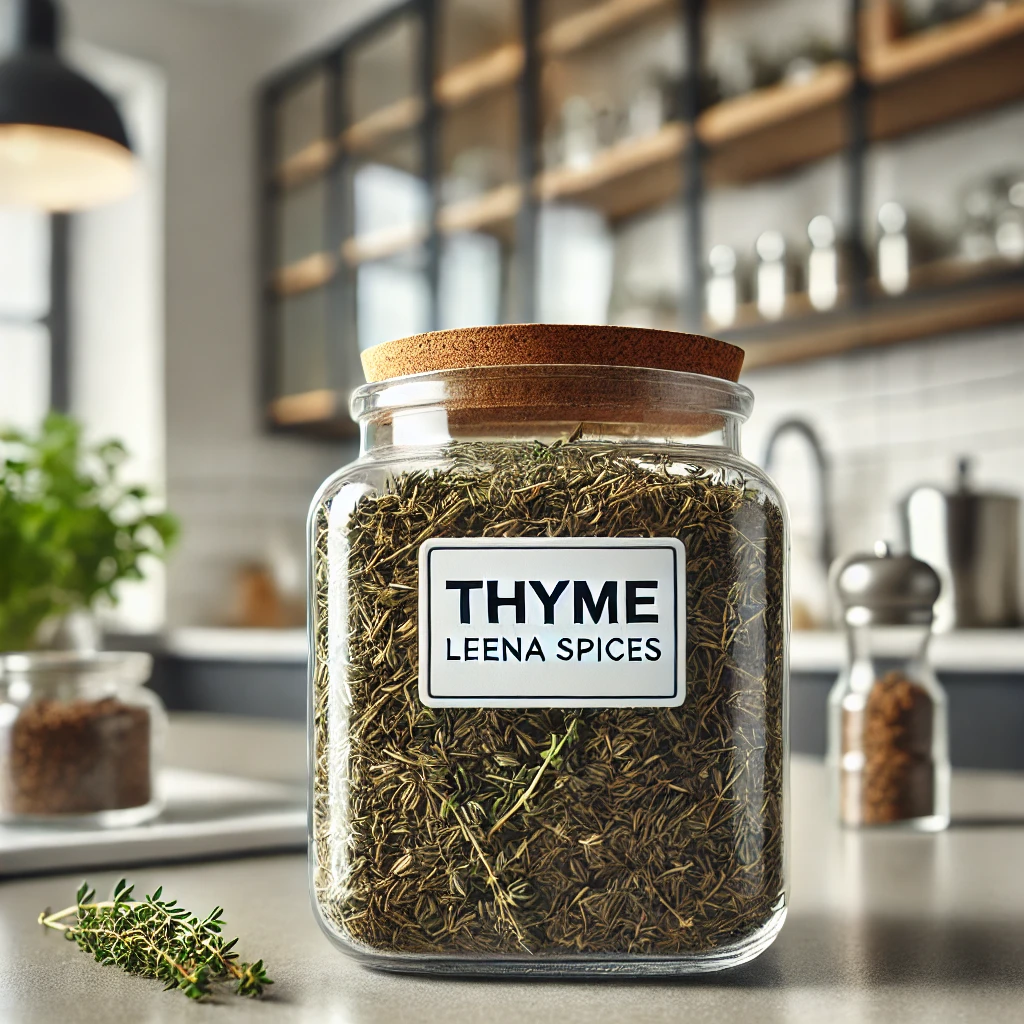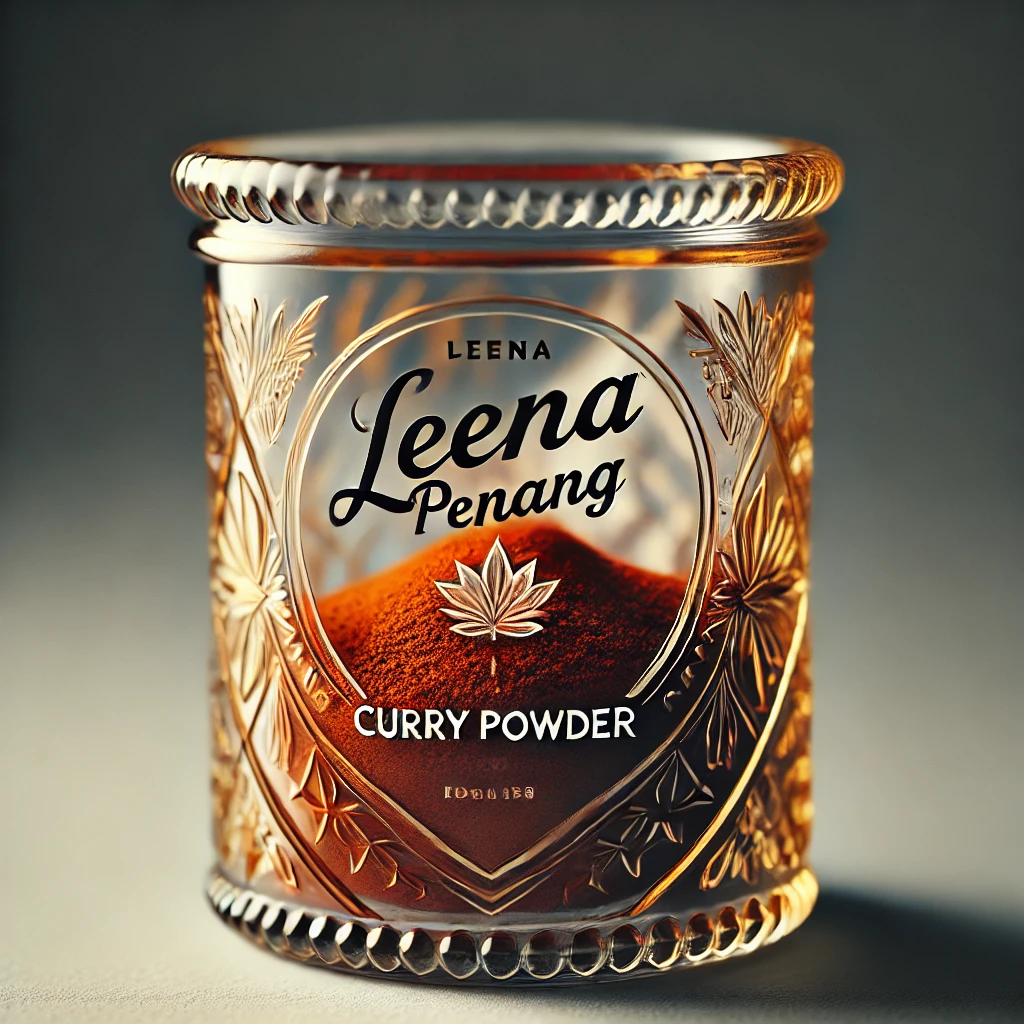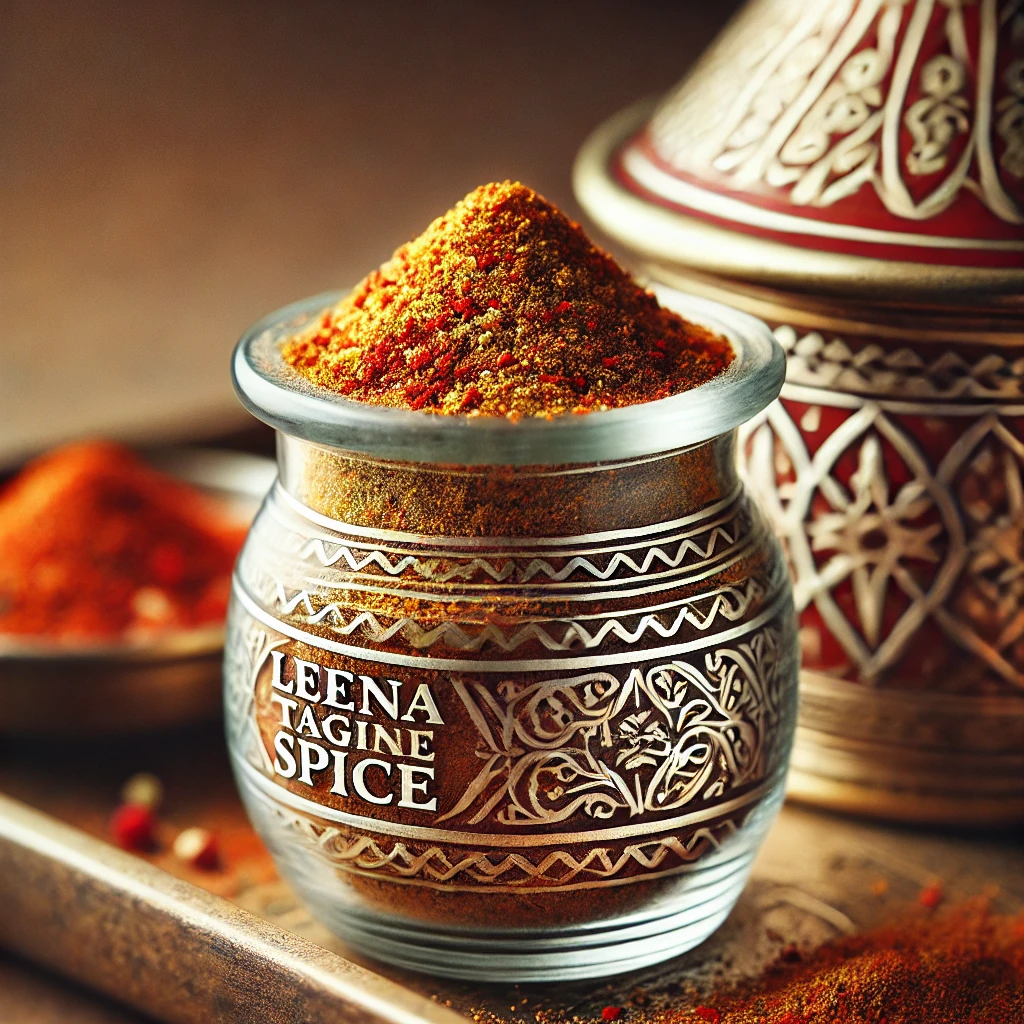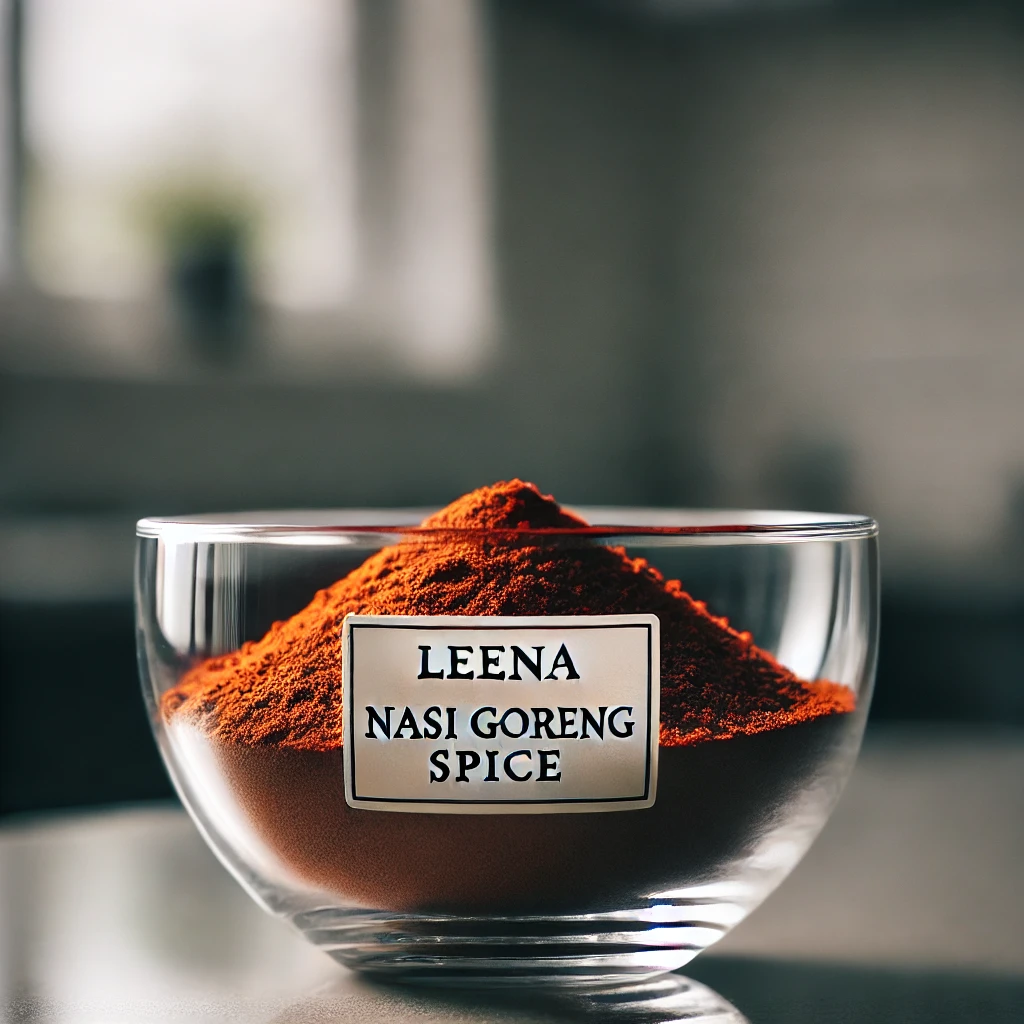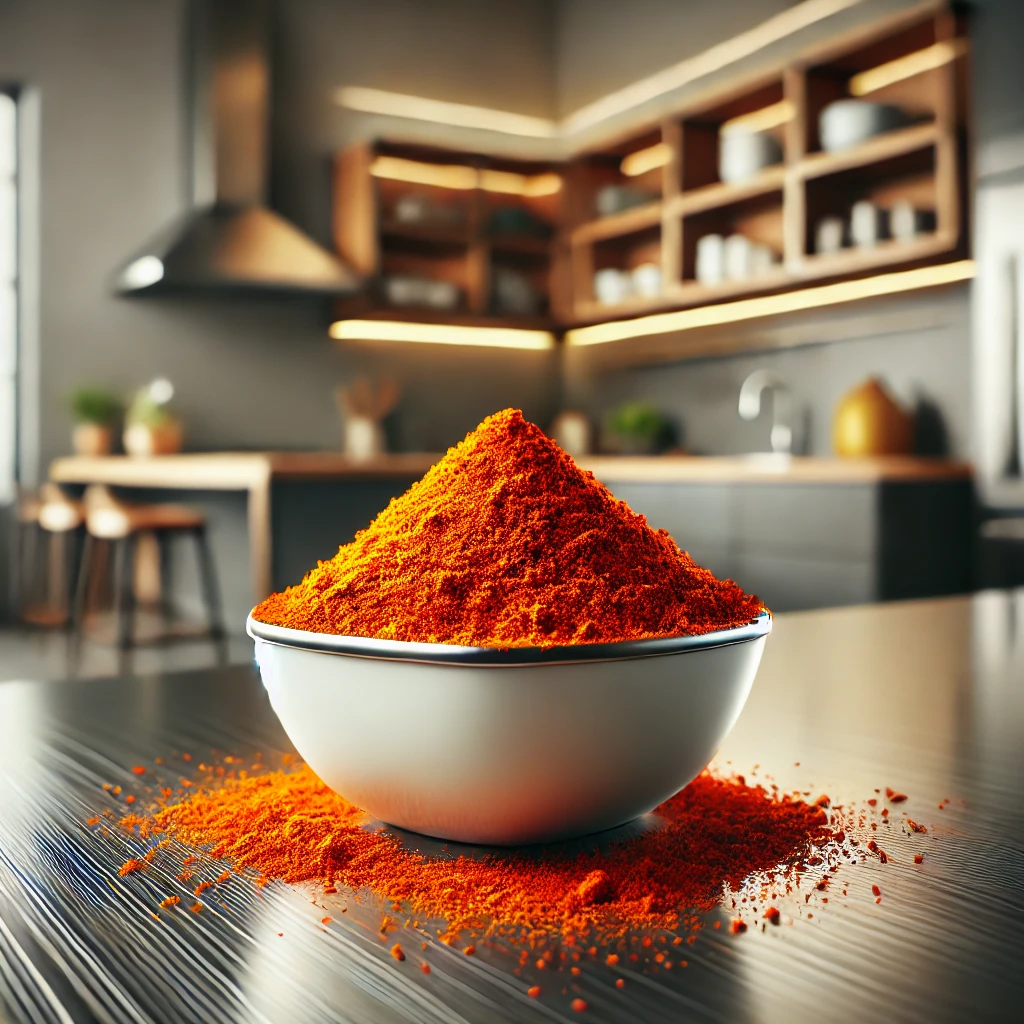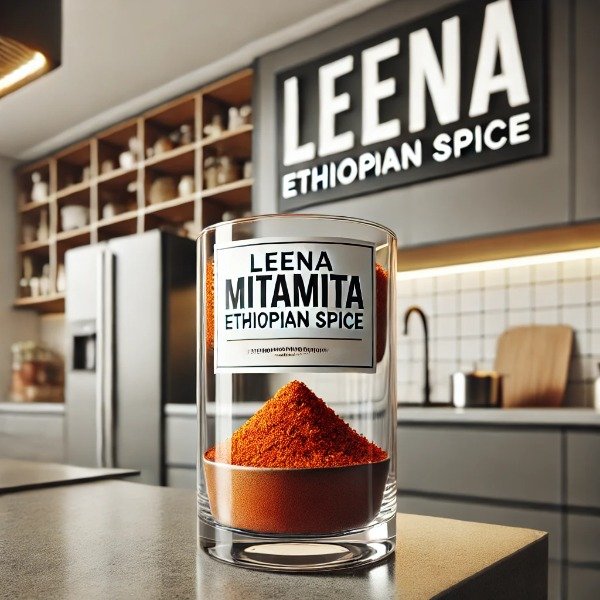What Is Curry Powder? 1 Easy Way to Make Authentic Curry Powder at Home
Table of Contents
- Key Takeaways
- What Is Curry Powder?
- What Does Curry Powder Taste Like?
- Main Ingredients in an Authentic Curry Powder Blend
- What’s the difference between Indian and Thai curry powder?
- What’s the difference between Curry Powder and Garam Masala?
- Homemade vs Store-Bought Curry Powder: Key Differences
- How to Make Curry Powder at Home With Local Spices
- Best Practices for Storing Curry Powder
- Frequently Asked Questions (FAQ) About Curry Powder
Key Takeaways: Everything You Need to Know About Curry Powder
What exactly is curry powder?
Curry powder is a flavorful blend of ground spices created by the British to capture the essence of Indian cooking. It typically includes turmeric, coriander, cumin, and fenugreek, along with other aromatic spices like cinnamon, cloves, cardamom, mustard seeds, and pepper.
What does curry powder taste like?
It has a warm, earthy, and slightly sweet flavor with hints of citrus and spice. The taste can range from mild to hot, depending on the blend, while the aroma is rich and inviting thanks to ingredients like cumin, coriander, and turmeric.
What are the main spices in an authentic curry powder blend?
A traditional blend often includes bay leaves, black pepper, cinnamon, cloves, coriander, cumin, fennel, fenugreek, ginger powder, mustard seeds, and turmeric, each contributing its unique depth and character.
How does homemade curry powder differ from store-bought versions?
Homemade curry powder is fresher, more aromatic, and completely customizable. It contains no additives or fillers, and the flavor is vibrant and full-bodied. Store-bought blends, while convenient, are often milder and may include preservatives or anti-caking agents to extend shelf life.
How can I make curry powder at home?
Toast and grind whole spices like coriander, cumin, fennel, fenugreek, and mustard seeds, then mix them with ground turmeric and ginger. This process releases essential oils, creating a rich, fragrant, and perfectly balanced spice blend.
What’s the best way to store curry powder to keep it fresh?
Store curry powder in an airtight glass jar in a cool, dark, and dry place — away from heat and sunlight. Use a dry spoon when handling it, and aim to use homemade blends within 2–3 months for the best flavor.
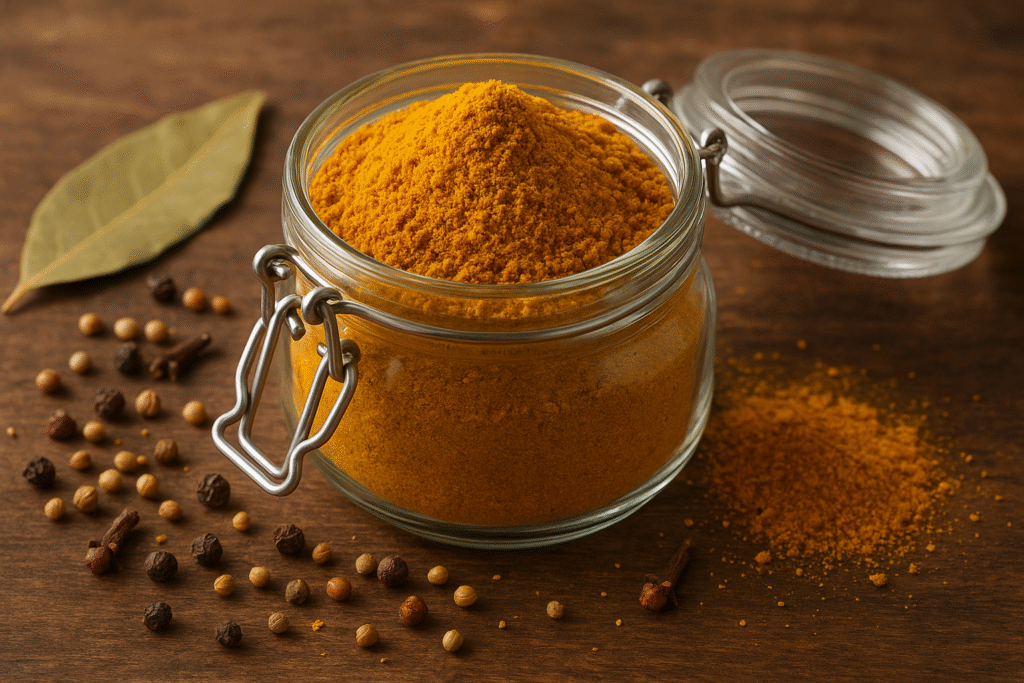
What Is Curry Powder Spice Blend?
Curry powder is a vibrant spice blend inspired by the complex flavors of Indian cuisine. Interestingly, it wasn’t originally an Indian invention — it was created by the British during the colonial era as an attempt to capture the taste and aroma of Indian curries in a single, convenient blend.
At its core, curry powder usually includes turmeric, coriander, cumin, and fenugreek — the key spices that build its warm, earthy foundation. From there, blends often expand to include ginger, black pepper, mustard seeds, chili, cardamom, cloves, or cinnamon, depending on the desired flavor profile.
What Does Curry Powder Taste Like?
Curry powder has a rich, layered flavor that’s both comforting and intriguing. The taste is earthy, warm, and slightly sweet, with a hint of spice that can range from mild to fiery depending on the blend.
At the heart of its flavor are turmeric, cumin, and coriander — the trio that gives curry powder its earthy depth, citrusy brightness, and subtle bitterness. These are balanced by spices like fenugreek, ginger, and black pepper, which add warmth and complexity. Some versions also include clove, cinnamon, or cardamom, lending a gentle sweetness and aroma that round out the blend beautifully.
Western-style curry powders often highlight turmeric, giving them a musky, grounded base and that familiar golden hue. In contrast, blends with extra chili or pepper bring more heat and boldness to the flavor.
Overall, curry powder delivers a harmonious mix of savory, sweet, and spicy notes, making it a versatile seasoning that transforms everyday dishes into something special.
What Are the Main Ingredients in an Authentic Curry Powder Blend?
Authentic curry powder is all about balance — a careful mix of spices that create warmth, depth, and aroma in every spoonful. While recipes can vary from region to region, most traditional blends include a combination of these core spices:
- Turmeric: The star ingredient that gives curry powder its golden color and slightly bitter, earthy flavor.
- Coriander: Adds a fresh, citrusy note that brightens the blend.
- Cumin: Brings warmth and depth with its smoky, nutty undertones.
- Fenugreek: Provides a hint of sweetness with a subtle maple-like aroma.
- Ginger Powder: Adds gentle heat and liveliness, balancing the earthier spices.
- Black Pepper: Enhances flavor and adds a touch of sharp heat.
- Mustard Seeds (Yellow): Contribute a mild pungency and depth, especially when toasted.
- Fennel Seeds: Introduce a soft, sweet flavor with a slight licorice note.
- Cinnamon: Lends a warm, sweet spice that rounds out the blend.
- Cloves: Bring bold aroma and a slightly sweet, peppery bite.
- Bay Leaves: Offer subtle herbal notes that tie all the spices together.
Each ingredient plays a distinct role, working together to create that signature curry flavor — earthy, aromatic, and full-bodied.
No single spice dominates; it’s the harmony between them that makes curry powder so unique and versatile in cooking.
What's the difference between Indian and Thai curry powder?
Indian vs Thai Curry: What’s the Difference?
While both Indian and Thai cuisines feature “curry,” the way flavors are built and used is very different, starting with the type of seasoning.
Indian Curry Powder
- Format: Dry spice blend made from toasted and ground dried spices.
- Flavor Profile: Warm, earthy, and complex, with lingering depth.
- Key Ingredients: Turmeric (for color and earthiness), cumin, coriander, fenugreek, cardamom, cinnamon, cloves, and dried chili.
- Aromatics: Derived from the toasted spices themselves.
- Typical Use: Usually sautéed in oil or ghee, often with onions, garlic, and ginger, then simmered into rich, stew-like curries. Commonly served with basmati rice.
- Role in Dish: Provides the foundation and main flavor for long-cooked, hearty dishes.
Thai Curry Paste
- Format: Wet paste made from fresh herbs, roots, and spices, often blended or crushed.
- Flavor Profile: Bright, aromatic, citrusy, and refreshing, balancing sweet, sour, salty, and spicy notes.
- Key Ingredients: Lemongrass, galangal, kaffir lime leaves, fresh chili peppers, garlic, shallots, and shrimp paste. Small amounts of dry spices like cumin or coriander may be added.
- Aromatics: Come from fresh, volatile essential oils in herbs and roots.
- Typical Use: Briefly fried in oil, then dissolved in coconut milk to create a lighter, soupier curry. Usually served with jasmine rice.
- Role in Dish: Adds a vibrant, fresh flavor and serves as the backbone of quickly cooked, aromatic curries.
Feature | Indian Curry Powder | Thai Curry Paste |
Format | Dry spice blend of toasted and ground spices | Wet paste made from fresh herbs, roots, and spices |
Flavor Profile | Warm, earthy, complex, slightly sweet | Bright, citrusy, aromatic, balancing sweet, sour, salty, and spicy |
Key Ingredients | Turmeric, cumin, coriander, fenugreek, cardamom, cinnamon, cloves, chili | Lemongrass, galangal, kaffir lime leaves, fresh chili, garlic, shallots, shrimp paste |
Aromatics | From toasted dried spices | From fresh herbs and roots |
Typical Use | Bloomed in oil/ghee, simmered in thick, stew-like curries | Fried briefly in oil, dissolved in coconut milk for lighter, soup-like curries |
Rice Pairing | Basmati rice | Jasmine rice |
Role in Dish | Forms the main flavor foundation for long-cooked dishes | Adds fresh, aromatic depth to quickly cooked dishes |
Related Posts You May Like
The Ultimate Guide to Garam Masala: How to Use, Make, and Benefit from This Indian Spice Blend
14 Proven Turmeric Benefits That Can Improve Your Mood and Energy
6 Ways Black Pepper Can Transform Your Cooking Instantly
Thai Green Spice Blend Uncovered: 9 Secrets to Make, Use, and Store It Like a Pro
Australian Native Spice Blend – How to Make and Use with 17 Tips for Global Cooking Flavors
What's the difference between Curry Powder and Garam Masala?
Curry Powder vs Garam Masala: What’s the Difference?
Although both are essential spice blends in Indian-inspired cooking, curry powder and garam masala are very different in origin, ingredients, flavor, and use. Understanding these differences can transform your cooking.
Curry Powder
- Origin: A British invention created to mimic Indian flavors for the Western palate.
- Color: Bright yellow or orange, thanks to turmeric.
- Key Ingredients: Turmeric, coriander, cumin, fenugreek, chili, and ginger.
- Flavor Profile: Earthy, mildly spicy, slightly bitter, and robust — the backbone of the dish.
- Usage in Cooking: Added early in cooking, often fried in oil with onions, garlic, or ginger to form the base flavor for curries, sauces, and stews.
Garam Masala
- Origin: Traditional Indian spice blend, primarily from Northern India; “garam” means warming, not hot.
- Color: Duller brown or reddish-brown.
- Key Ingredients: Cardamom, cinnamon, cloves, cumin, nutmeg, black pepper; typically no turmeric.
- Flavor Profile: Warm, aromatic, slightly sweet, and pungent; more intense but designed as a finishing touch rather than a base.
- Usage in Cooking: Added at the end of cooking or sprinkled over finished dishes to enhance aroma and provide depth.
Quick Comparison Table
Feature | Curry Powder | Garam Masala |
Origin | British invention | Traditional Indian |
Color | Bright yellow/orange | Brown/reddish-brown |
Key Ingredients | Turmeric, coriander, cumin, fenugreek, chili, ginger | Cardamom, cinnamon, cloves, cumin, nutmeg, black pepper |
Flavor Profile | Earthy, savory, mildly bitter | Warm, aromatic, slightly sweet, pungent |
Cooking Use | Early-stage base for curries | Late-stage finishing spice |
Role in Dish | Forms main flavor | Adds aroma and depth |
In short:
- Curry powder = base spice, earthy and turmeric-heavy, builds the main flavor.
- Garam masala = finishing spice, aromatic and warming, enhances and perfumes the dish.
How Does Homemade Curry Powder Differ from Store-Bought Versions?
The difference between homemade and store-bought curry powder is like the difference between freshly brewed coffee and instant mix — both serve a purpose, but the freshness and flavor experience are worlds apart.
Homemade curry powder is made from freshly toasted and ground whole spices, which means its aroma and taste are far more vibrant and complex. You get full control over the ingredients — whether you want it mild or fiery, sweet or smoky, or heavy on certain spices like cumin or coriander. Because it’s made from pure spices, it’s also free from additives, fillers, and preservatives.
On the other hand, store-bought curry powder focuses on convenience and shelf life. The spices are usually pre-ground long before packaging, so much of their essential oils — and therefore their flavor — have faded. Many commercial versions also include anti-caking agents or salt to prevent clumping and extend freshness. While they’re handy for quick cooking, they often taste milder and more uniform, lacking the brightness of freshly ground blends.
In short, homemade curry powder offers a richer, fresher, and more customizable experience — perfect for those who love cooking from scratch. Store-bought blends are convenient and consistent, but they simply can’t compete with the depth, aroma, and vitality of a spice mix made fresh in your own kitchen.
How do I make curry powder spice blend at home with local spices?
Making your own curry powder at home is simple, rewarding, and guarantees unbeatable freshness. When you create it yourself, you control the flavor, heat, and quality — no fillers, just pure, aromatic spices.
Here’s an authentic and balanced blend you can make using common local spices:
Ingredients:
- Bay Leaves – 1 g
- Black Pepper – 1 g
- Cinnamon – 1 g
- Cloves – 1 g
- Coriander Seeds – 19 g
- Cumin Seeds – 19 g
- Fennel Seeds – 9 g
- Fenugreek Seeds – 10 g
- Ginger Powder – 10 g
- Yellow Mustard Seeds – 10 g
- Turmeric Powder – 19 g
Method:
- Toast the whole spices:
In a dry pan over low heat, lightly toast the bay leaves, black pepper, cinnamon, cloves, coriander, cumin, fennel, fenugreek, and mustard seeds for about 2–3 minutes. Stir continuously until they become fragrant — this helps release their natural oils and deepens the flavor. - Cool completely:
Remove from heat and let the spices cool before grinding. Toasting while still hot can create moisture, which affects the blend’s texture. - Grind into a fine powder:
Transfer the cooled spices to a spice grinder or mortar and pestle. Grind them into a smooth, even powder. - Add the ground spices:
Mix in ginger powder and turmeric powder — both are already ground and don’t need toasting. Stir well to combine. - Store properly:
Pour your curry powder into an airtight glass jar and keep it in a cool, dark place. For best flavor, use it within 2–3 months, as freshly ground spices gradually lose their intensity.
Flavor Tip:
For a spicier version, add a little dried chili or cayenne before toasting. For a sweeter, milder blend, increase the cinnamon and fennel slightly.
What Is the Best Way to Store Curry Powder to Keep It Fresh?
1. Choose the Right Container
- Use airtight containers: Transfer your curry powder into a glass jar or metal tin with a tight-fitting lid. This prevents air and moisture from dulling the flavor.
- Opaque or dark glass is best: Light breaks down the delicate oils in spices, so if you use a clear jar, store it somewhere dark.
2. Pick the Perfect Spot
- Cool, dark, and dry: Keep your curry powder in a pantry, cupboard, or spice drawer — anywhere away from direct sunlight or heat sources.
- Avoid heat and humidity: Never store spices near the stove, oven, or a sunny window. Warm air and steam can quickly strip away their aroma.
- Skip the refrigerator: The temperature changes cause condensation, which leads to clumping and loss of potency.
3. Handle It Carefully
- Use a clean, dry spoon: Always scoop your spices with a completely dry utensil. Moisture from a damp spoon can ruin an entire jar.
- Don’t shake over a steaming pot: Steam sneaks back into the container, creating moisture and causing the powder to cake.
4. Know the Shelf Life
- Homemade curry powder: Best used within 2–3 months for peak flavor since it’s made from freshly ground spices.
- Store-bought curry powder: Can last up to 6–12 months, though it gradually loses aroma and intensity over time.
- Here’s a unique and original FAQ section for the end of your blog — designed to add depth, authority, and extra SEO value. Each question provides fresh, practical insights that go beyond your earlier key takeaways, ensuring readers leave with a full understanding and appreciation of curry powder.
Frequently Asked Questions About Curry Powder
Can I use curry powder in dishes other than curries?
Absolutely! Curry powder adds warmth and flavor to far more than traditional curries. Try sprinkling it into soups, marinades, roasted vegetables, stir-fries, scrambled eggs, or even popcorn for a spicy twist. It’s a versatile seasoning that transforms everyday dishes with minimal effort.
Why do different curry powders taste so different from each other?
Every curry powder recipe reflects the cook’s preference and regional influence. Some blends lean sweet with cinnamon and fennel, while others are earthy and spicy with more cumin and chili. There’s no single “right” formula — the beauty of curry powder lies in its adaptability.
What’s the best way to keep curry powder from losing its flavor too quickly?
Always store it in a tightly sealed container away from heat, light, and humidity. For homemade blends, consider grinding smaller batches every few weeks. Freshly ground spices retain their natural oils longer, keeping your curry powder fragrant and flavorful.
Is curry powder the same as garam masala?
Not quite. While both are Indian-inspired spice blends, curry powder was developed by the British to imitate Indian flavors. Garam masala, on the other hand, is authentically Indian and typically added at the end of cooking for aroma and depth.
Can I adjust curry powder to make it more or less spicy?
Definitely. For a milder blend, reduce or skip chili peppers and increase warm spices like cinnamon or fennel. For more heat, add cayenne or crushed red chili. One of the best things about making curry powder at home is the freedom to customize the flavor exactly to your taste.
Does curry powder go bad?
It doesn’t spoil in a way that makes it unsafe, but it does lose potency over time. If your curry powder smells faint or tastes flat, it’s time for a fresh batch. Typically, homemade blends stay vibrant for about 2–3 months, while store-bought ones last up to a year.
Can I make curry powder without a grinder?
Yes! You can use a mortar and pestle to crush the toasted whole spices. It takes a little effort, but the aroma you’ll get from hand-ground spices is unmatched — and it gives your curry powder a more rustic texture and deeper flavor.
